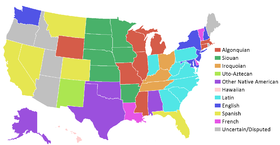Secession from the Union

The Constitution is silent on the issue of whether a state can secede from the Union. Its predecessor, the Articles of Confederation, stated that the United States "shall be perpetual." The question of whether or not individual states held the unilateral right to secession was a passionately debated feature of the nations's political discourse from early in its history, and remained a difficult and divisive topic until the American Civil War. In 1860 and 1861, 11 southern states each declared secession from the United States, and joined together to form the Confederate States of America (CSA). Following the defeat of Confederate forces by Union armies in 1865, those states were brought back into the Union during the ensuing Reconstruction Era. The federal government never recognized the sovereignty of the CSA, nor the validity of the ordinances of secession adopted by the seceding states.
Following the war, the United States Supreme Court, in Texas v. White (1869), held that states did not have the right to secede and that any act of secession was legally void. Drawing on the Preamble to the Constitution, which states that the Constitution was intended to "form a more perfect union" and speaks of the people of the United States in effect as a single body politic, as well as the language of the Articles of Confederation, the Supreme Court maintained that states did not have a right to secede. However, the court's reference in the same decision to the possibility of such changes occurring "through revolution, or through consent of the States," essentially means that this decision holds that no state has a right to unilaterally decide to leave the Union.
Comments
Post a Comment